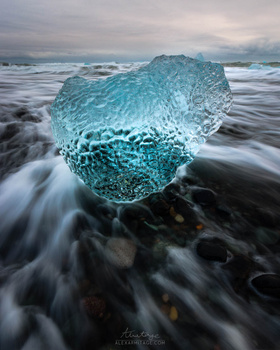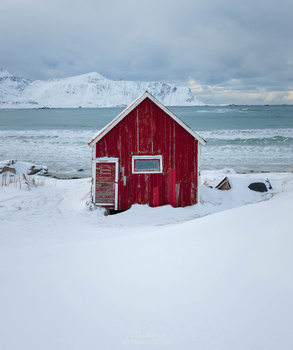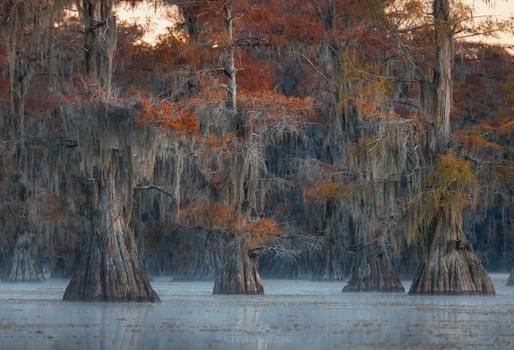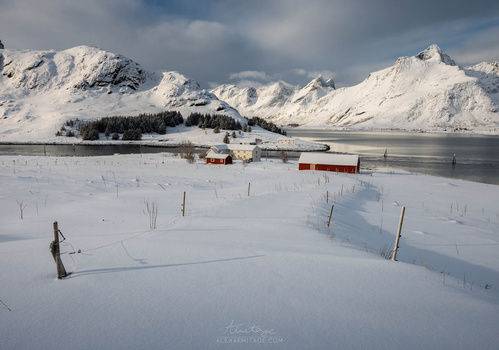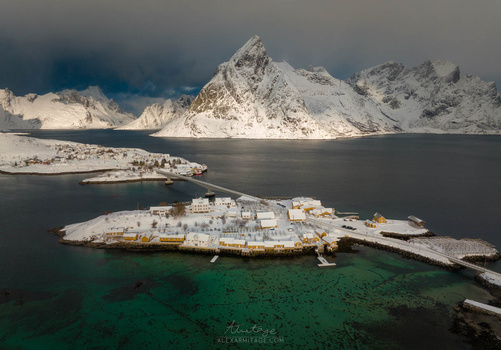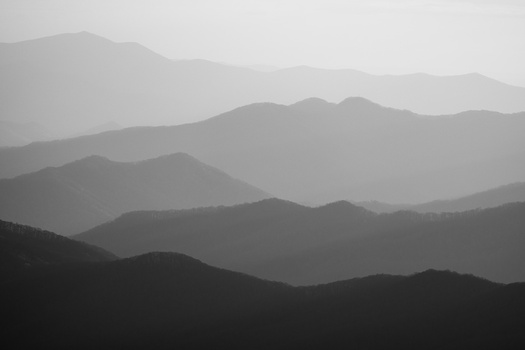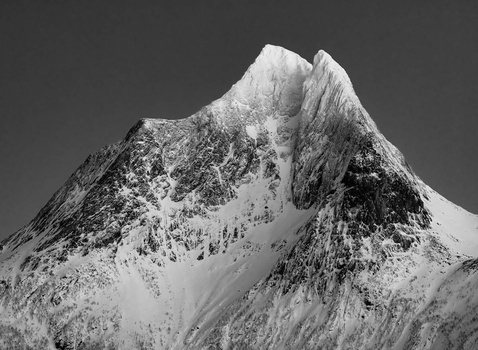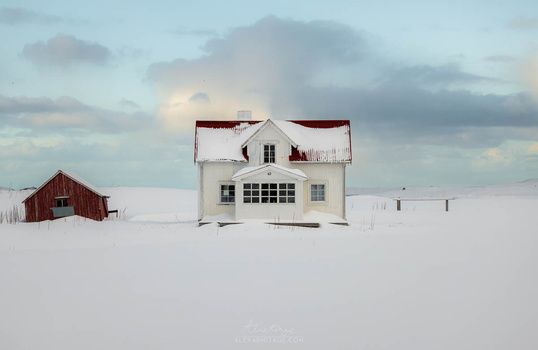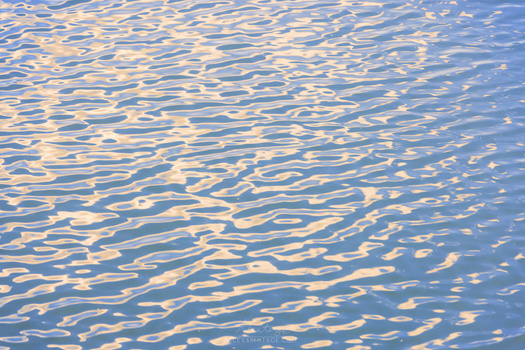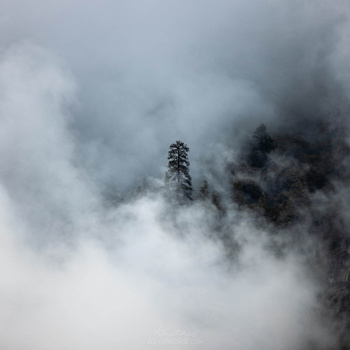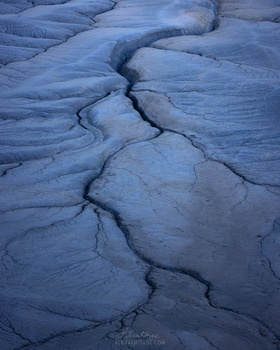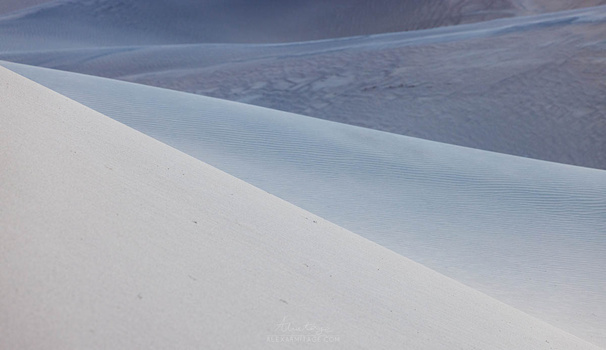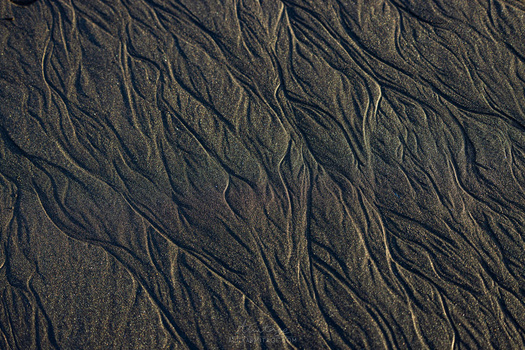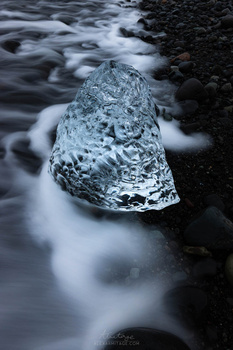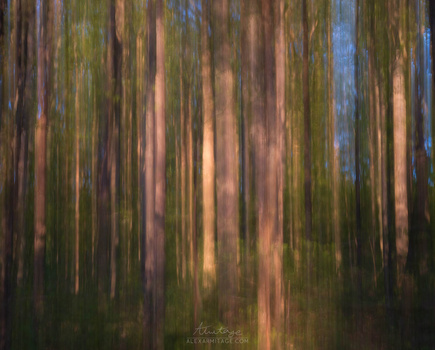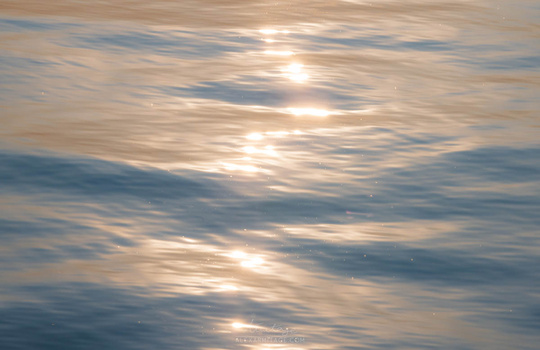Landscape photography is largely dictated by the weather you experience out in the field. Many times, we don't get the conditions we hoped for, which can be especially challenging after investing time and money into a photography trip. These are five things you can do the next time you're in unfavorable conditions to walk away with great images regardless of the weather.
One of the most satisfying experiences in landscape photography is when everything aligns: you're at a beautiful location, the clouds are lighting on fire with light, and you're patiently set up with a beautiful composition ready to be captured. The reality is this rarely happens, and most of the time, conditions can be challenging, which can leave us feeling discouraged. Even worse, it could leave us returning from an expensive outing feeling like we didn't get anything we'd hoped for.
I recently spent over two weeks photographing the winter wonderland of northern Norway and was continuously challenged with fast changing weather and dull light. Throughout that time I came up with these five tips you can use to maximize your time and effort when conditions aren't great and still end up with amazing images.
Find Color
One thing you'll learn very early on in any genre of photography is that soft and diffused light can make colors really stand out. Many times, specific colored scenes look even better in gray and overcast light than they would with sunlight. I admit that this was easy to do in Lofoten because many of their buildings are built with vibrant colors. Not to mention, fields of white snow make colors stand out even more.
Regardless of where you are and what season it is, many times, plant life, foliage, patterns, or even people can become the focus of your image. Notice how, regardless of the color, locations, or subject matter, how important the colors are here. The blue ice contrasted with the black sand in Iceland, the purple petals of fireweed in front of a waterfall in Alaska, or the orange foliage created by color changing cypress trees in Florida.
Sometimes, adding a human element to your image can add scale, depth, and in this case, color. This isn't something I personally do very often, but when the conditions aren't doing much for the scene I had hoped for, why not branch out and try something new. Just make sure the person is wearing something colorful to stand out.
Break the Rules
One of the golden rules of landscape photography is to shoot during sunrise or sunset to capture golden hour. When the conditions are cloudy and overcast, most of the time, this light simply won't be strong enough to light your scene. Thus, sometimes, you have to break the rules and shoot during the day.

While the light gets increasingly brighter and you find those colors really starting to stand out in the diffused light, you also might notice how quickly the light can change. Many times, especially in coastal scenes, clouds can be moving extremely fast, which causes areas of dappled light to cascade across the frame. The above image was taken as a big afternoon storm rolled through Colorado a few years ago.
Sometimes, this light can be really dramatic, even in the afternoon. All the images above were taken during fast-moving overcast days when light would poke through sporadically. The key is just being ready when that fleeting light shines into your scene.
Wait for It
Patience is great to have in all facets of life, especially if you're a landscape photographer. To follow up with the last tip of shooting during the midday, you might find yourself waiting around for some of that light to finally shine through the clouds. I did a lot of this in Norway. Some days, the conditions just aren't changing enough to warrant waiting around, but when they are, you can get incredible results.

I found this spot while meandering around the famous town of Reine in Lofoten. It's a shot that's assuredly been taken many times, but what caught my attention was this "wave" of snow framing the bottom half of the image. I parked here and watched the light change for over an hour. Coastal weather tends to change more rapidly than average in my experience, and thankfully, I had time to kill considering my entire trip was dedicated to photography, which I highly recommend if you can get away with it.

My patience paid off when the clouds started to open up just enough to reveal this iconic mountain scene of Reine. I even captured a bit of energy with a touch of blown snow coming into my lens. This ended up being one of my favorite images from the entire trip.
Find the Details
Dramatic light on big scenic landscapes can be absolutely breathtaking, but many times, if the light is dull and gray, those same exact scenes might not even be worth breaking your phone out. Next time you find yourself in a situation like this, try taking out your telephoto lens of choice and start looking for smaller scenes. You'll notice that the lighting conditions can matter far less the closer you get to a specific composition.

Look for patterns in the snow, layers of the mountains, or simple minimalist scenes.
This doesn't necessarily require a telephoto lens and is more about looking for smaller details within your scene. Maybe you're in a forest of trees, but a specific pattern of tree bark creates a unique pattern, or you're standing on a beach and you aim your lens down into the sand to find the ever-changing patterns below you.
The Abstract
This is likely the most challenging tip in this article. It's something I still struggle with because it requires me, the photographer, to look at the world much differently than I have grown accustomed to throughout my career. Giant scenes with waves, mountains, flowers, or anything in between are second nature to me at this point. Yet, finding those abstract patterns and compositions is still a challenge.
That being said, it's a challenge I'm up for, and you should be too the next time you find yourself shooting in poor conditions. Many times, the small details can shine in diffused overcast light.

While I've provided some examples here, you might find a lot of inspiration from the natural landscape photography contest results as well. Many of the photos that do well over the past two years in that contest I'd consider both abstract and minimalist. There's a ton of inspiration in those galleries; I highly recommend you check them out for ideas.
As always, thanks for reading, and I would love to hear if you have any other tips that I didn't include in here that you've found success with in your adventures. Feel free to share a few of your own images in the comments below as well. I look forward to seeing them.
